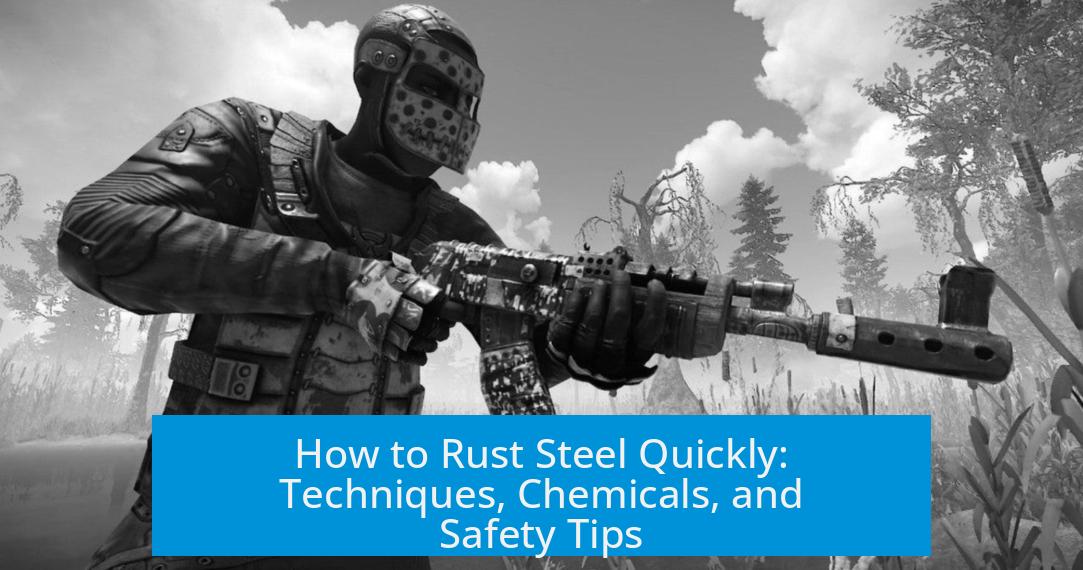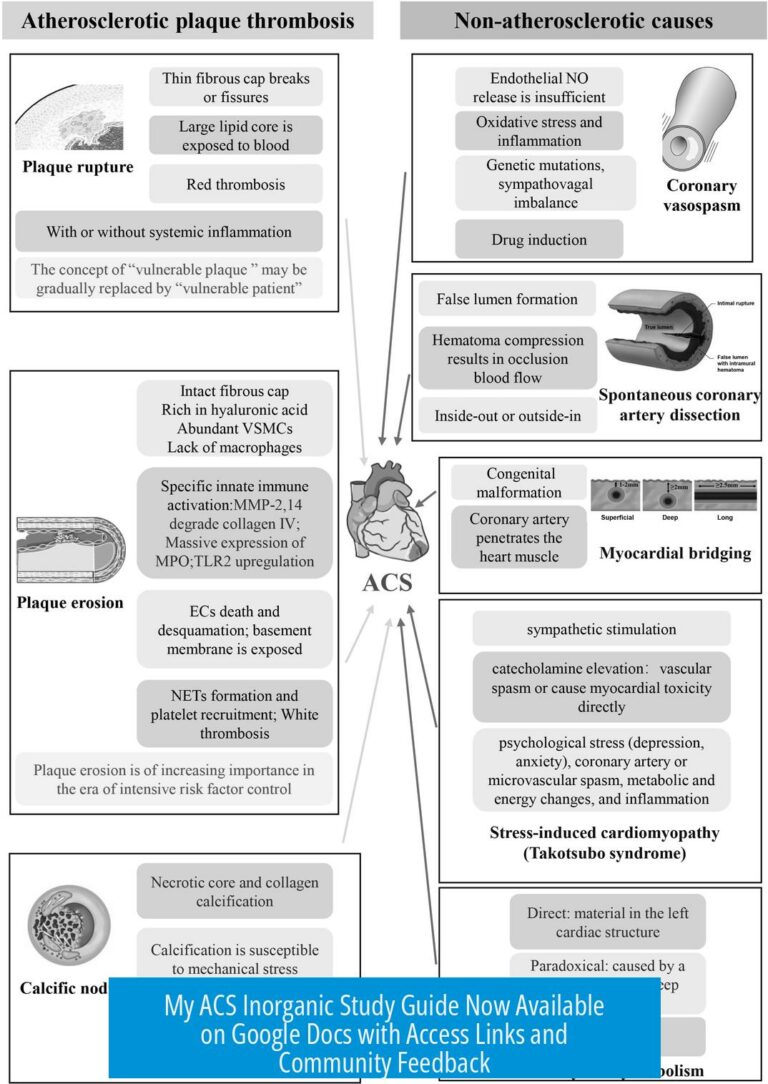How to Rust Steel as Fast as Possible?
To rust steel as quickly as possible, use a chemical mixture of hydrogen peroxide, vinegar, and salt. Applying this mixture speeds up oxidation, causing visible rust in minutes. For enhanced acceleration, electrical current or ferric chloride solutions are effective. Larger objects require adapted setups using soaked cloths or acidic fumes for rapid rusting.
1. Rapid Rusting Using a Chemical Mixture
A simple and fast method to induce rust involves combining three common chemicals:
- Hydrogen peroxide
- White vinegar
- Table salt
Mixing them creates an oxidizing solution that aggressively reacts with steel surfaces. To prepare, pour one bottle of hydrogen peroxide into a spray bottle or container. Add about half a cup of vinegar and two tablespoons of salt. Exact ratios are not critical.
Apply the mixture directly on a clean steel surface using a spray or by pouring. The effect begins immediately. The steel discolors and develops reddish rust spots within minutes. Moisture and salt ions speed oxidation, while hydrogen peroxide releases oxygen, amplifying corrosion.
2. Using Electrical Current to Accelerate Rust
Applying an electrical current in the presence of corrosive solutions further speeds rust formation.
Small Steel Objects
For small steel items, immerse them fully in the prepared solution (hydrogen peroxide, vinegar, salt) or saltwater. Attach the positive terminal of a DC power source to the steel item to be rusted. Then connect the negative terminal to an inert counter electrode submerged separately.
This electrolytic setup forces rapid galvanic corrosion, producing visible rust within minutes. Using a lantern battery or DC converter ensures a stable current. A resistor around 10 ohms can reduce short-circuit risks. Reversing polarity causes rust on the counter electrode instead.
Large Steel Objects
Objects too big for immersion require a modified approach. First, connect the positive terminal to the steel directly. Next, wrap the target areas with a water-absorbing cloth or paper towels that saturate completely with the chemical rust solution.
Wrap the soaked cloth in aluminum foil and connect the negative terminal to that foil. This setup creates a moist, ion-rich environment around the steel and completes the electrical circuit, promoting rust rapidly. The cloth and foil keep the solution in contact with metal, enabling rust to start within minutes.
3. Ferric Chloride: A Professional Rust Agent
Ferric chloride (FeCl3) is commonly used to etch circuit boards. It is highly aggressive in corroding steel surfaces quickly when diluted.
- Apply ferric chloride solution directly or place steel nearby a dilute bath.
- Rusting initiates within minutes.
- This chemical can cause corrosion even without full contact, due to vapor phase action.
Artists and metalworkers use ferric chloride to develop rust patinas or etch designs rapidly. It is effective but requires gloves and eye protection. Store away from steel to prevent accidental corrosion.
4. Alternative Chemical and Environmental Accelerants
Hydrochloric Acid Fumes with Ammonia
For exceptionally large steel objects, a method involves exposure to HCl fumes inside an enclosed space:
- Place object with a container of concentrated hydrochloric acid in a plastic bag enclosure.
- After 10–15 minutes, ventilate carefully and spray steel with water.
- Alternatively, expose the steel to ammonia vapors post-HCl exposure for an oxidizing reaction.
This method requires outdoor use and stringent safety measures. Steel surfaces must be clean and grease-free to optimize rusting.
Other Accelerants
- Moist bromine vapors corrode stainless steel rapidly but are hazardous.
- Hot lye (sodium hydroxide solution) can promote rust under heat.
- Extract from car batteries (sulfuric acid) serves industrial rusting purposes but is dangerous.
- Natural coastal environments with salty air enhance spontaneous rusting over days or weeks.
- Gun bluing offers controlled oxidation for aesthetic patinas but is slower and specialized.
5. Practical Setup Tips for Rusting Steel
Consider container choice based on steel size:
- Small objects: Use clear aquarium tanks or plastic containers to observe rust progression.
- Large objects: Use oversized drums or tubs for immersion of parts.
- Always keep counter electrode separated to prevent short circuits.
- Add baking soda cautiously to balance solution pH and prevent extreme reactions.
Electrical setups should use low voltage DC sources for steady current and incorporate safety resistors.
6. Safety Considerations
Many rust accelerants are corrosive or toxic:
- Hydrogen peroxide and vinegar mixtures are generally safe but corrosive to eyes and skin.
- Ferric chloride is a strong irritant; always wear gloves and eye protection.
- Hydrochloric acid and ammonia fumes are highly dangerous. Use outdoors with ventilation.
- Electrical setups carry risk of shock or burns; use insulated equipment properly.
- Professional knowledge or guidance is strongly advised before attempting chemical or electric rusting.
Proper disposal of chemicals and equipment cleaning prevents environmental harm and accidents.
Summary of Key Rusting Techniques
- Fastest rusting: Spray hydrogen peroxide, vinegar, and salt mixture on steel to see rust in minutes.
- Electrolysis: Apply DC current with steel in corrosive solution for accelerated rust, especially effective on small objects.
- Large steel: Use soaked cloths wrapped with foil and connected to an electric circuit.
- Ferric chloride: Rapid chemical rusting and etching agent professional uses.
- Acid fumes: Hydrochloric acid and ammonia exposure can quicken rust on big pieces but require strict safety.
- Safety: Handle all chemicals with care, wear protective gear, and ensure ventilation.
How can I make steel rust within minutes using household chemicals?
Mix hydrogen peroxide, vinegar, and salt into a solution. Spray or pour it on steel. Rust and discoloration start forming in just a few minutes. Ratios don’t need to be exact.
What is the fastest way to rust small steel objects with electricity?
Immerse the steel in a saltwater or peroxide-vinegar-salt mix. Connect the positive terminal of a DC power source to the steel and the negative to a separate metal in the solution. Rust appears visibly in minutes.
How do I accelerate rusting on large steel items that cannot be immersed?
Wrap the steel in a water-absorbing cloth soaked with the rust solution. Cover this with aluminum foil connected to the negative terminal. Connect the positive terminal directly to the steel. Rust forms quickly on exposed areas.
What chemical speeds up rusting better than household mixes?
Ferric chloride solution used for circuit board etching rapidly rusts steel even in dilute form. It can cause rust just by being near steel and works within minutes.
Can rust formation be sped up with acids or fumes?
Yes, exposing steel to hydrochloric acid fumes briefly then rinsing or adding ammonia stimulates rust. This is suited for large items but must be done outdoors with care.
What setup helps when using electrical methods to rust steel?
Use clear containers or large tanks for immersion. Add baking soda if needed. Ensure the counter electrode does not touch the steel. Use a resistor to prevent short circuits.





Leave a Comment